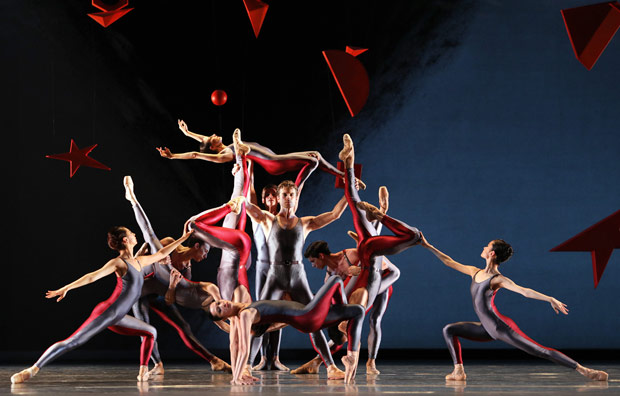
© Hans Gerritsen. (Click image for larger version)
Dutch National Ballet
Shostakovich Trilogy – Symphony #9, Chamber Symphony, Piano Concerto #1
★★★★✰
Amsterdam, Dutch National Opera & Ballet House
17 June 2017
www.operaballet.nl
Alexei Ratmansky’s Shostakovich Trilogy is a rare example of a full evening work that isn’t blatantly narrative driven, and, say like Balanchine’s Jewels, any of its 3 constituent ballets could be performed on its own. And on just one sighting I think I’d rate it as highly as I do Jewels – it really is a magisterial dance work. It’s a work of mysterious depth as well; one you could see many times and still uncover new insights into what’s going on. And yet Ratmansky creates it all with classical steps and you sense no striving to find a new vocabulary or extend ballet radically as with Forsythe and McGregor snappiness. Nor does he need to lavish $100,000’s on expensive sets, lasers and clever projections. It all comes down to quality music and quality movement driven by his sense of musicality, eye for arranging dancers harmoniously and showmanship in the finest of traditions.
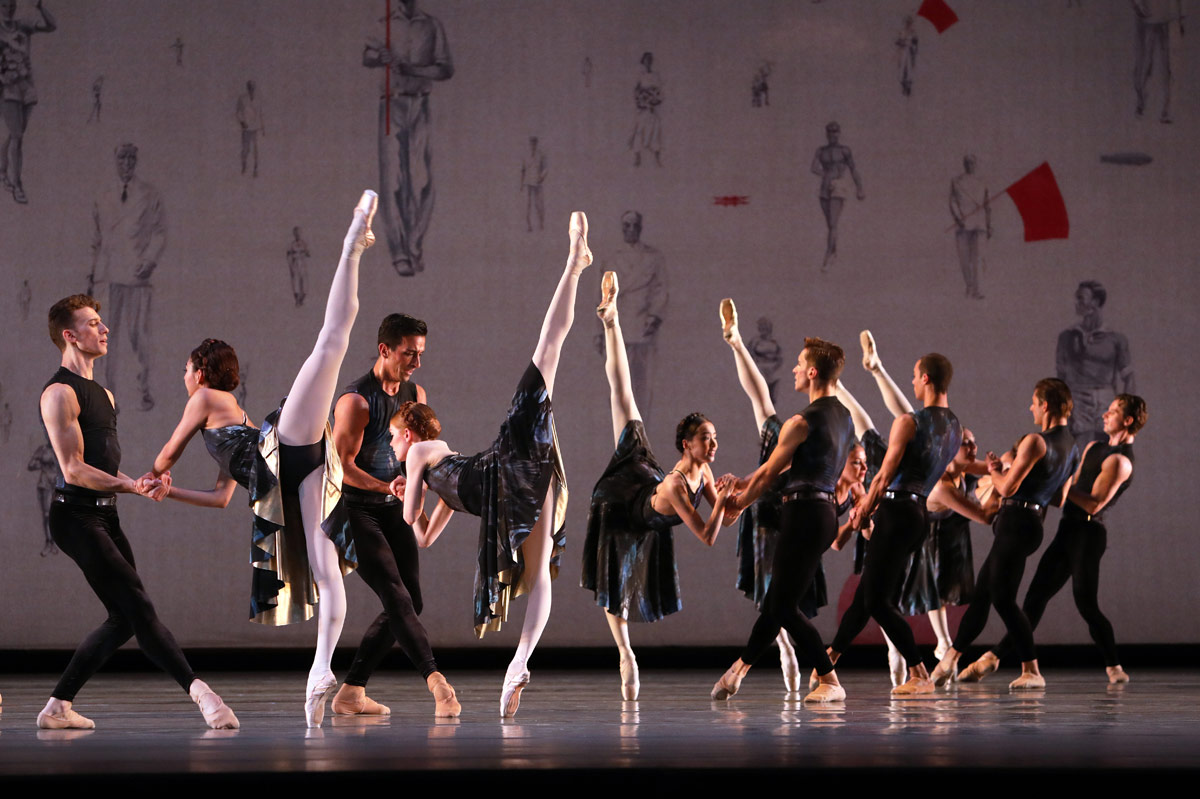
© Hans Gerritsen. (Click image for larger version)
Shostakovich Trilogy is what it says on the can – three ballets that use three very different Shostakovich works which reflect both the composer and arts creation in soviet times. The works straddle the Stalin-Khrushchev, era starting with purges and ending with the height of the cold war – not easy times for anybody of substance to navigate, least of all a sensitive soul like Shostakovich. But it would be wrong to assume there is a narrative or arc of time across the 3 pieces – they are presented in a jumbled order. The work was a joint commission by American Ballet Theatre (who premiered it 4 years ago), San Francisco Ballet and Dutch National Ballet (DNB), who are only now presenting their (European) premiere season of the work. Further performances run through to 30 June 2017.

© Hans Gerritsen. (Click image for larger version)
Shostakovich’s Symphony #9 opens the evening; it was finished in 1945 and celebrates the winning of the second World war. It’s buoyant, reflective at times and joyful – without going over the top. You sense something special from the start as five tall and muscular male dancers tour the stage with flowing easy jumps and perfect spacing. Oh that we saw such sights in London, I muttered to myself. Five female dancers are introduced and there are delicious short sections of blasting brass and drum interludes that add more excitement. The movement is often playful, as when the dancers mimic such drumming, and at other times there is an American Broadway show feel and the dancers shimmy around – it all shrieks new beginnings. It was also immaculately rehearsed (especially so since it was the premiere on the company) and a particularly memorable set piece featured a line of male dancers doing the classic thing of sequentially diving sideways into a swimming pool (actually into the wings) looked millimetre perfect. You blinked and it was gone, such is the pace and energy across the stage. Symphony #9 includes a slow movement for wind instruments with a relatively low key pas de deux for Wen Ting Guan and Jozef Varga, if memorably Varga has a Champagne cork popping movement that sees him shooting up and twisting in the air towards his partner – extraordinary. In general, across the piece, I got the feeling that ballet’s general preoccupation with block-buster pas de deux and duets isn’t so high on Ratmansky’s agenda – the bigger company is the star and it’s a nice emphasis.
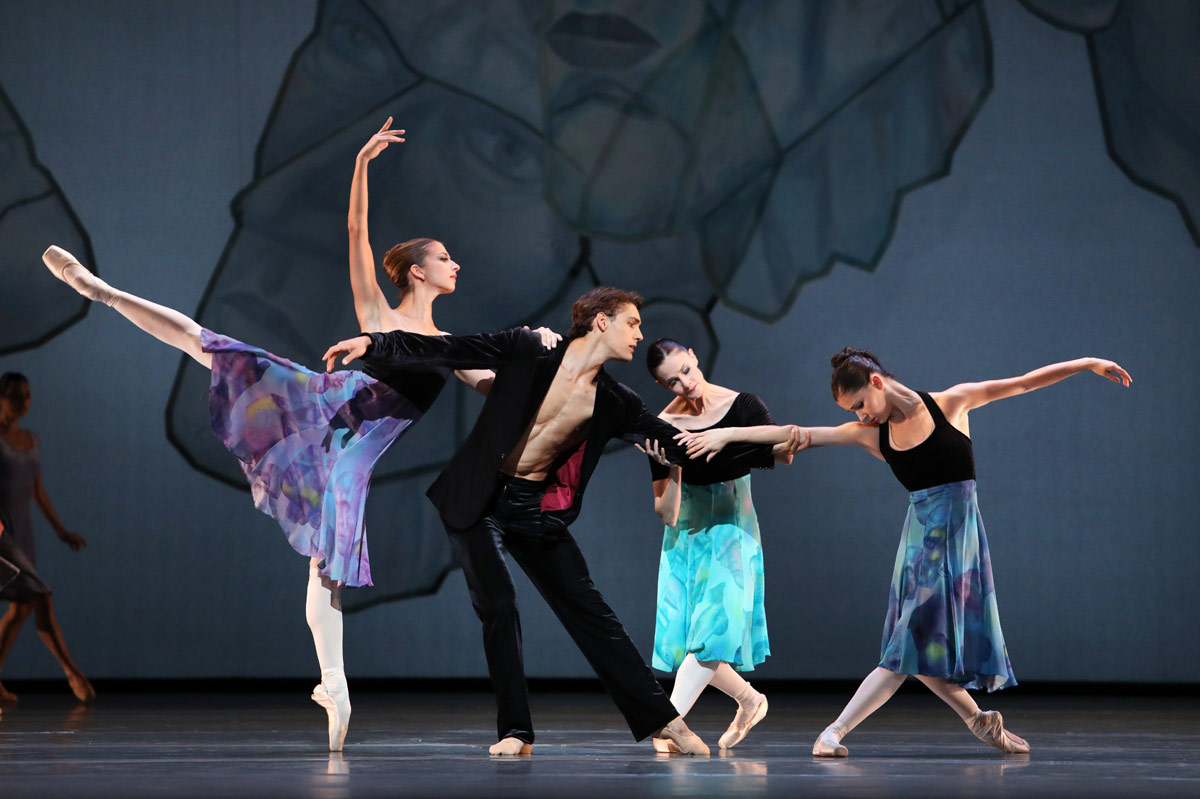
© Hans Gerritsen. (Click image for larger version)
The second section is to Shostakovich’s Chamber Symphony (based on String Quartet #8) and it’s a sombre, dark and moody affair. It was composed in 1960 at a troubled time – Shostakovich was diagnosed with a muscular degenerative disease and also had reluctantly joined the Party. The dance is led by a troubled solo man, danced beautifully by Daniel Camargo, but Ratmansky uses the music to show Shostakovich’s relationships with women (it’s tempting to think they are his wives, but I’m not convinced it’s that simple), as 3 seductive women (Naira Agvanean, Sasha Mukhamedov, Emanouela Merdjanov) loiter and then separately dance and minister to him. There is some hope but a deep melancholy pervades all. There are no happy endings here, and it’s the piece you most want to know more about.

© Hans Gerritsen. (Click image for larger version)
The last section is to Piano Concerto #1, premiered in 1933 when Shostakovich was just 27. At 23 minutes long it’s the shortest work of the night but the highest energy as a fit, regimented nation presents itself with confidence. It features the best costumes – one-piece affairs, light grey on the front of the dancer and bright red on the back – all with a buffed sheen (by Keso Dekker). To use Einstein’s famous praise, these “Dancers are the athletes of God” – or the Communist party in this case, or just the athletes of Ted Brandsen, director of Dutch National. In a sea of fast-moving physicality, two lead girls, Anna Ol and Aya Okumura, particularly impressed. But even in this piece there were mysterious sections – nothing is straightforward in this world. Come the end there was a standing ovation for the work and the dancers’ tireless performances – Dutch National looked stunningly on top of it all and congratulations as well to their orchestra under Matthew Rowe. And we felt exhausted too (in a nice way); it’s a piece that demands concentration and you want your eyes to focus on all parts of the stage at the same time.

© Hans Gerritsen. (Click image for larger version)
Before seeing Shostakovich Trilogy you might want to read around about it (DanceTabs reviews from New York and San Francisco: 1, 2, 3) and on Shostakovich and his life in Russia (Wikipedia). But it’s not mandatory at all and you can rock up and bask in the joy of 3 ‘abstract’ ballets each of a very different tone and showing aspects of us all, wherever we may be, our loves, pride and darker periods. I think that’s the hallmark of the very best work – it can sing to you whether you know a lot about the inspiration or absolutely zippo about it. There are two choreographers in the world that many ballet companies are chasing – Crystal Pite and Alexei Ratmansky. They both deserve their reputation and in the UK having just enjoyed seeing two Pite pieces (on Scottish Ballet and the Royal Ballet) this little trip made it abundantly clear we need to see more Ratmansky in the UK and Europe – bet the Dutch are already planning what next with him. It also occurs to me that Shostakovich Trilogy has minimal sets and could tour easily – it would be fantastic to see DNB bring it to London’s Royal Festival Hall for example. It would be good to see DNB as well and I came away deeply impressed by their look and sharpness.













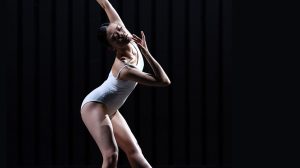
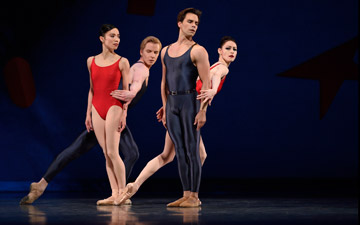
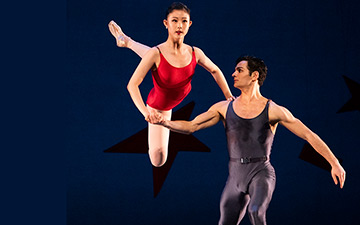

You must be logged in to post a comment.